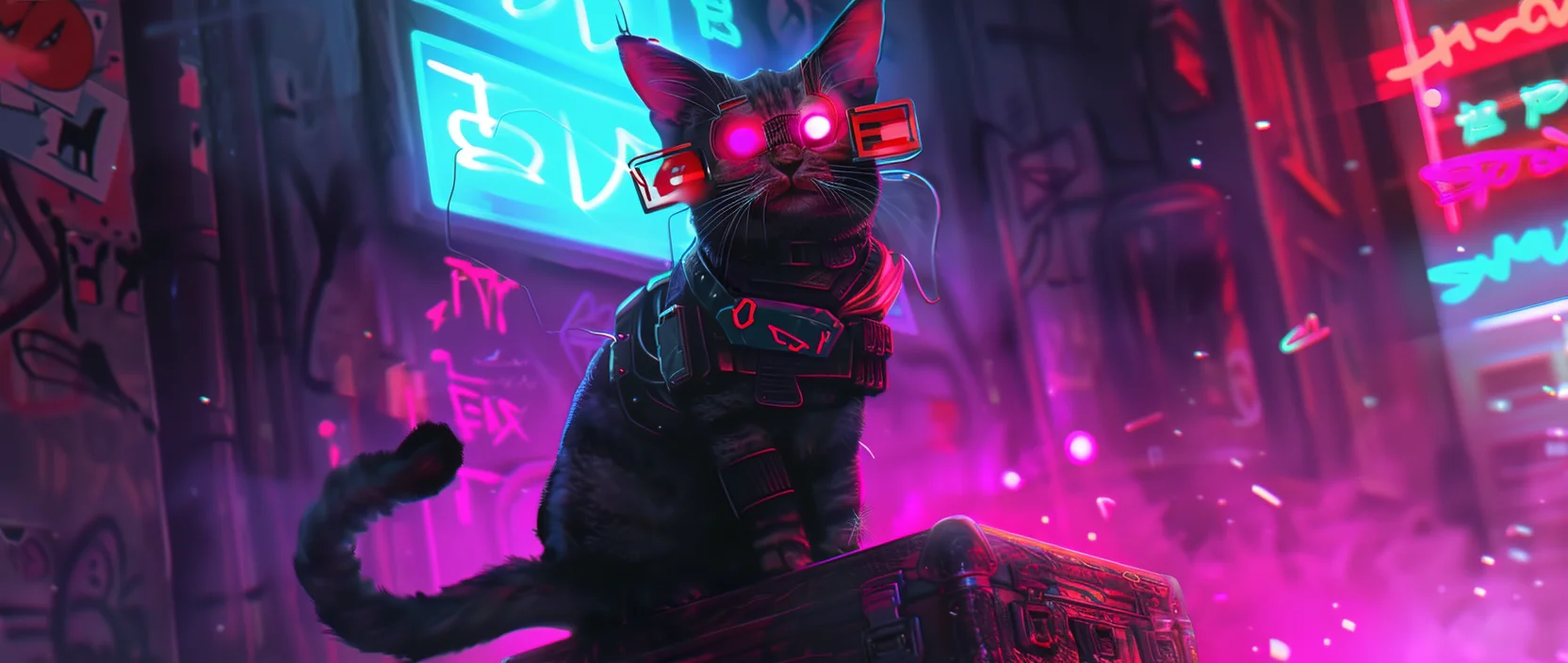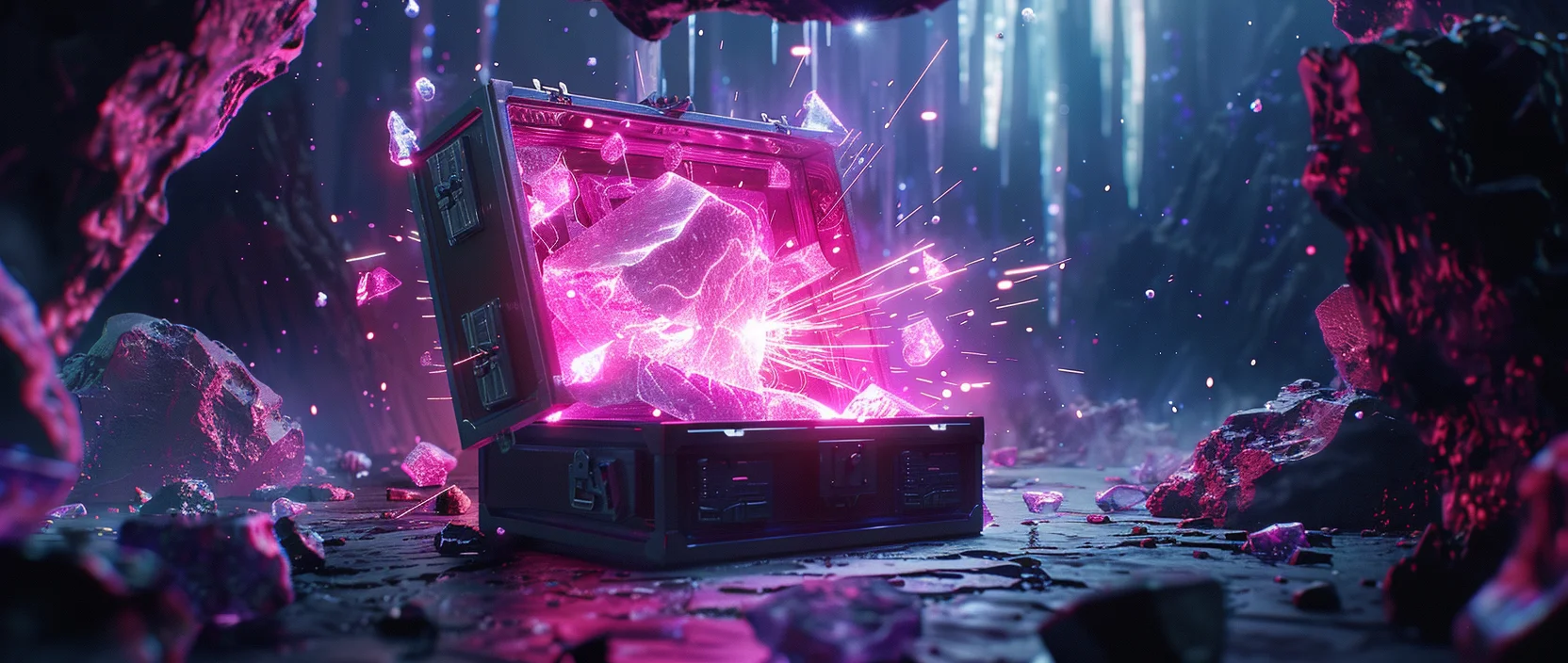Looty — Free Case Every Day is a TON-based blockchain game built around the mechanic of opening daily loot cases with digital items. The project combines collectible culture, gamified progression, and an open NFT-driven economy, allowing players not only to gather and trade items but also to build social interaction within the community. Thanks to its integration with Telegram and an intuitive interface, Looty is accessible even to users who have no prior experience with Web3 or cryptocurrencies, offering a smooth and engaging introduction to digital ownership.
Contents
- Concept of Looty and Its Role in the Web3 Environment
- Gameplay Mechanics and Daily Cases
- Main Player Activities in Looty
- Item Rarity and Internal Economy
- Community, Development, and Future Prospects
- Conclusion

1. Concept of Looty and Its Role in the Web3 Environment
Looty is designed as an entry point into Web3 gaming for users who have never interacted with cryptocurrencies or NFTs before. The core idea of the project is to make digital assets accessible, engaging, and intuitively understandable. Every item obtained in Looty exists as an NFT and can be collected or traded freely on the market.
The game drastically lowers the entry barrier: to begin, a user simply needs to open the Telegram bot and press the “Open Case” button. Each case contains an item of varying value, with its rarity determined by probability mechanics. This creates a daily return incentive and supports the concept of “participation-based rewards.”
An important element of Looty’s concept is the emotional effect of unpredictability — each opening delivers a unique outcome and a fresh reaction. This mechanic resembles collectible card games and capsule-toy culture. Additionally, Looty is integrated into the TON ecosystem, providing fast transactions and low fees for item trading. This increases user confidence and reduces friction when transitioning into Web3.
2. Gameplay Mechanics and Daily Cases
Opening the free daily case is the core gameplay ritual in Looty. Players return each day to see what item they will receive and how it will influence their collection and status. This mechanic supports natural player retention without the need for aggressive promotion.
Beyond the daily free case, Looty offers premium containers that can be earned through achievements, special events, or direct purchase. Premium cases have a higher probability of containing rare or valuable items, adding a strategic and emotional dimension to decision-making. Players choose whether to keep, trade, or sell the items they receive.
The gradual discovery of items creates a unique progression path for each player. Since outcomes rely partially on luck, the game blends strategic anticipation with instant emotional excitement. Seasonal collections and time-limited series reinforce the sense of a living, evolving environment. This ensures that Looty remains dynamic rather than static.
3. Main Player Activities in Looty
Players are not limited to just receiving items: the structure of the game allows for personalized styles of engagement. As players interact with the ecosystem, they naturally explore different roles — collector, trader, event participant, or community contributor. This flexibility allows everyone to shape their own experience.
Key Activities:
- Opening daily and premium loot cases;
- Collecting themed or rarity-based item sets;
- Trading items with other players through TON marketplaces;
- Selling NFTs for profit or reinvesting into the collection;
- Participating in seasonal events and ranking competitions.
Some players aim to complete full sets for aesthetic joy, while others focus on acquiring rare items as long-term investments. The community creates its own memes, symbols, and cultural narratives around certain items, increasing their non-monetary value. Participation in chats and discussions becomes part of the gameplay itself, transforming Looty into a social space. This strengthens long-term retention and supports the sense of a “living game.”

4. Item Rarity and Internal Economy
The internal economy of Looty is based on item rarity tiers and dynamic market demand. Players are immediately introduced to economic strategy, where value is defined not only by rarity but also by visual appeal and cultural recognition. Rarity models create motivation for collection building and long-term engagement. Items are divided into categories:
| Rarity | Description |
|---|---|
| Common | Basic items that appear most frequently. |
| Uncommon | Items with slightly improved aesthetics or traits. |
| Rare | Scarce elements valued by collectors. |
| Epic | Detailed and stylized visuals with strong cultural significance. |
| Legendary | Unique items often symbolizing status and identity. |
Players actively track marketplace trends, evaluating items not only by rarity but also by the cultural hype surrounding specific collections. Even common items may temporarily rise in price due to increased attention. The economy evolves based on player behavior rather than rigid programmed rules, creating a dynamic similar to art or collectible markets.
5. Community, Development, and Future Prospects
The community is the main engine of Looty’s growth. Telegram integration allows players to quickly exchange items, discuss drops, and coordinate participation in events. Regular social activities, leaderboards, and meme culture shape a recognizable and lively game environment.
The emphasis on social interaction enables the project to grow organically rather than through forced advertising. The development team listens to community feedback and adjusts mechanics accordingly. Future plans may include collaborations with Web3 brands and cross-platform item utility within the TON ecosystem. This strengthens cultural value and long-term project resilience.
6. Conclusion
Looty is not just a case-opening game — it is an evolving digital ecosystem in which collections become part of personal identity. The combination of accessibility, engaging interaction, and an open economy makes the project promising for long-term growth. If development and community support continue, Looty may become a major entry gateway into Web3 for millions of new users.
The appeal of Looty lies in the blend of emotion, collection, and social validation — elements proven to sustain long-term engagement. Expanding visual styles, artist collaborations, and seasonal drops can further strengthen its cultural dimension. Maintaining openness and scalability will allow the project to grow steadily without ecosystem overload, making Looty stand out in the Web3 gaming landscape.





